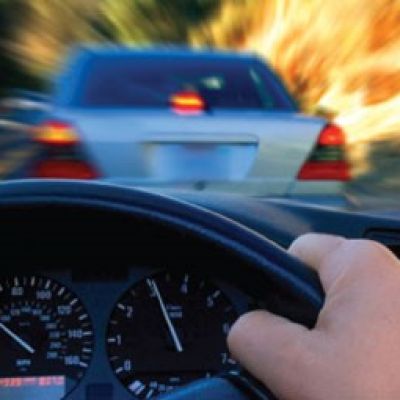Earlier this year, the Canadian Centre on Substance Use and Addiction concluded that within our country “a substantial proportion of drug impaired drivers are going undetected.”
Do you wonder if priority is being given to maintaining an election promise, or to legalization during the 42nd week of the year, over roadside safety?
If the best way to predict the future is to look at the past, let’s take a moment and look to the recent past in Colorado and Washington state.
In the United States, the Rocky Mountain High Intensity Drug Trafficking Area (RMHIDTA), a program of the U.S. Office of National Drug Control Policy, has been studying the impact of the 2012 legalization of cannabis in Colorado.
One of the many areas it studies is the impact of legalization on impaired driving rates and traffic fatalities.
In its fourth annual report, released in September, 2016, the RMHIDTA released some very interesting information.
Not up to reading the full 180 page report? It’s a pretty interesting read! Below are just some of the findings.
In 2013, marijuana-related traffic deaths in Colorado increased by 62 percent (from 71 to 115 persons).
Since 2013, there has been a 67 percent increase in operators testing positive for marijuana who were involved in a fatal traffic collision.
During that same time, all traffic related deaths increased by 11 per cent.
In 2015, still only 49 percent of operators involved in Colorado traffic deaths were tested for the presence of drugs.
Out of those who were tested, approximately one in four tested positive for marijuana.
The 2015 Colorado State Patrol DUID (driving under the influence of drugs) Program data reveals that:
- 77 percent (665) of the 862 DUIDs involved marijuana
- 40 percent (347) of the 862 DUIDs involved marijuana only
To gather this data, RMHIDTA worked with the Colorado department of transportation, coroner offices, and law enforcement agencies involved with fatalities to obtain toxicology reports.
The RMHIDTA also observed that there was a surge in marijuana-related fatal collisions after the 2012 legalization of recreational cannabis in Washington state.
In Washington state, drivers with active THC in their blood who were involved in fatal collisions increased by 122.2 percent from 2010 to 2014.
There was a 400 percent increase in marijuana-related DUIs between 2012 and 2014.
In a March, 2016 report on the impacts of legalization in Washington state, the Northwest High Intensity Drug Trafficking Area concluded that “marijuana-only DUIs have also been on the rise since 2012. These are DUIs for which marijuana was confirmed to be the only active drug in the driver’s system. From 2012 to 2014 the department [Washington State Traffic Safety Commission] noted a 460 percent increase.”
In Canada, the 2016 Final Report of the Task Force on Cannabis Legalization and Regulation in Canada (the McLellan Report) admitted that “there is currently no evidence to suggest there is an amount of THC that can be consumed such that it remains safe to drive.”
Through Health Canada, our federal government has acknowledged that “people who use cannabis regularly may have trouble with certain skills needed to drive safely”, which “may persist for weeks after their last use.”
When we consider the experience South of the border, and facts acknowledged by our own federal government, we can only hope that in the quest to fulfill an election promise, the impact on safety is the first and foremost consideration on the minds of our elected representatives.
I hope this proves to be wrong, but it seems only a matter of time – when, not if – we see an increase in collisions, and fatalities, resulting from drug impaired drivers.
Even one collision is too many.
In the next article, we’ll look at the proposed roadside drug screening regime.
Are you concerned about the safety of our roads? If so, write to your MP and MLAs, and call your local police detachments. Let them know you want to see consistent roadside drug testing, immediately after cannabis is legalized!
Above Photo: A simulation of driving stoned on marijuana; image courtesy U.S. National Institute on Drug Abuse.
The content of this article is intended to provide very general thoughts and general information, not to provide legal advice. Specialist advice from a qualified legal professional should be sought about your specific circumstances. If you would like to reach us to schedule a consultation or to provide feedback or ideas for future topics, we may be reached at 250-764-7710 or info@inspirelaw.ca. Check out our website at https://inspirelaw.ca/.
